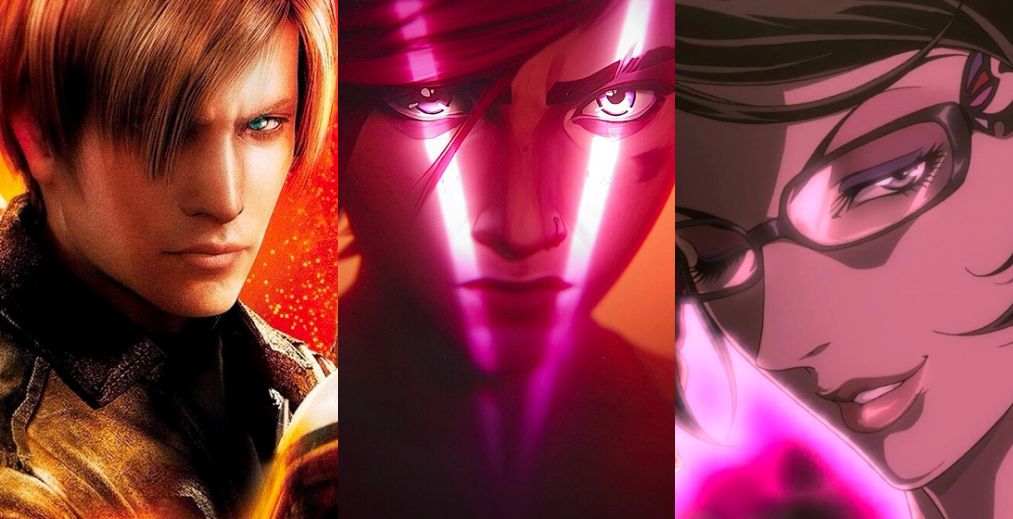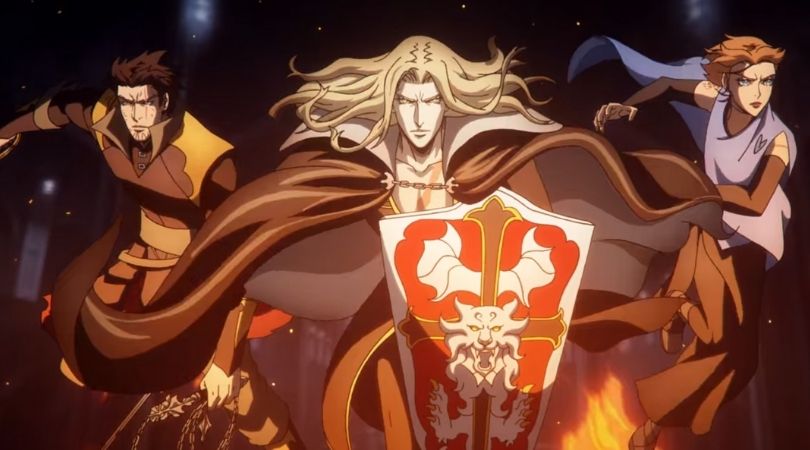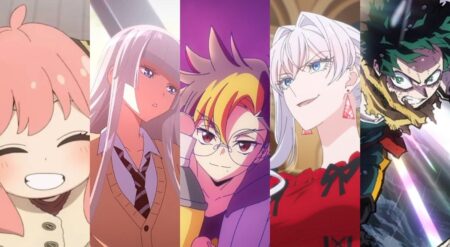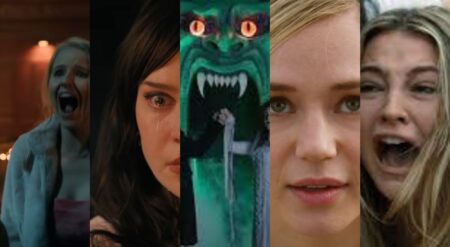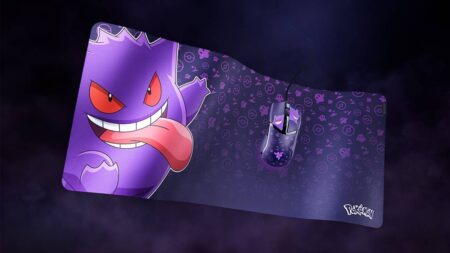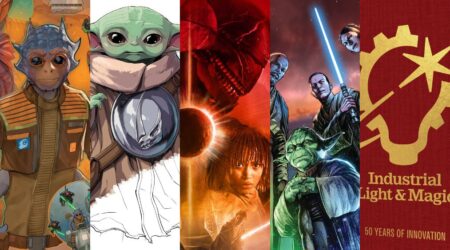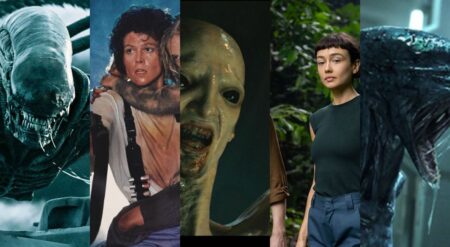Video game adaptations are the rage right now. You can’t go more than a day without hearing about another video game property being picked up for adaptation into a film or TV show. While some struggle to reach the heights of their source material, others not only do right by the media that inspired them but, on occasion, even elevate it and introduce new fans to a fantastic world they wouldn’t have experienced otherwise.
With so many new productions in the works, now seems like the perfect time to celebrate what has come before. To look back over the years to discuss the most remarkable adaptations video games have yet received and appreciate what makes a great video game adaptation. And to be honest, there are quite a few. So, let’s lay some ground rules first.
Adaptation can mean a few different things: adapting a specific story, adapting a setting, or even continuing a story in a different medium. If a movie or TV show fits the above criteria, it’s an adaptation.
The only other qualification that entrants needed was that they were complete, meaning they couldn’t be mid-season. Despite looking like an incredible adaptation, an ongoing series like Guilty Gear Strive: Dual Rulers won’t make an appearance.
Now, with all that out of the way, let’s dive into our list.
10) Mortal Kombat (1995)
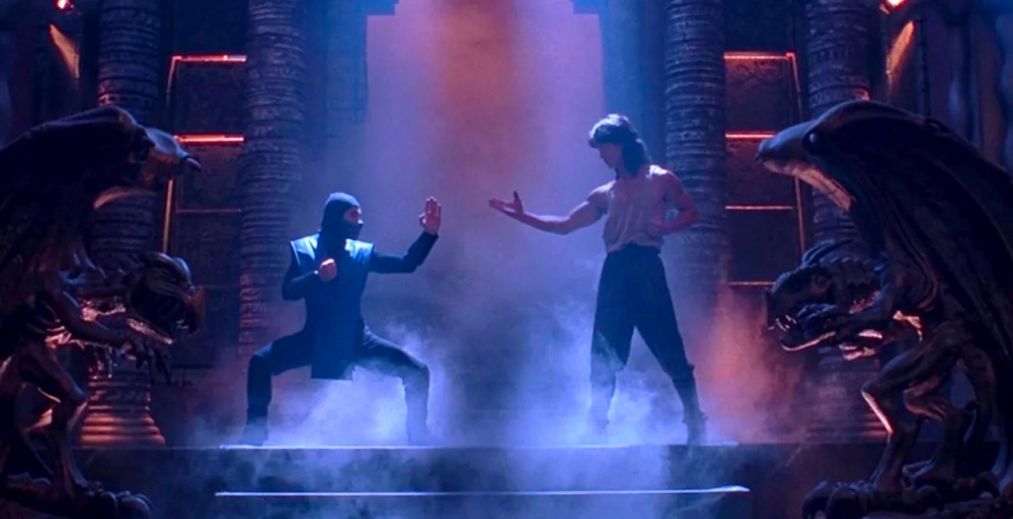
Perhaps the earliest video game adaptation that truly understood the assignment, the first of several live-action Mortal Kombat films not only embraced the campy nature of its source material but outright reveled in it. From Johnny Cage’s nutshotting of Goro to Scorpion’s patented spear throw, the film showed no restraint about delivering the moves that fans would cheer and laugh at.
But while it brought laughs, it also didn’t hold back when it came to the core plot of the game franchise either. It manages to weave the threat of Outworld’s imminent invasion into the ridiculous antics in a way that gets the point across.
Mortal Kombat (1995) delivered a fantastic, fun adaptation that understood what it needed to do. It embraced the source material like no video game adaptation had before, leaving an indelible mark on gamers everywhere. Plus, it had a banger theme that left fans across the world exclaiming, ” MOOOORTAAAAALL KOOOOOMMMBAAAAAAT!!!”
9) Resident Evil: Degeneration
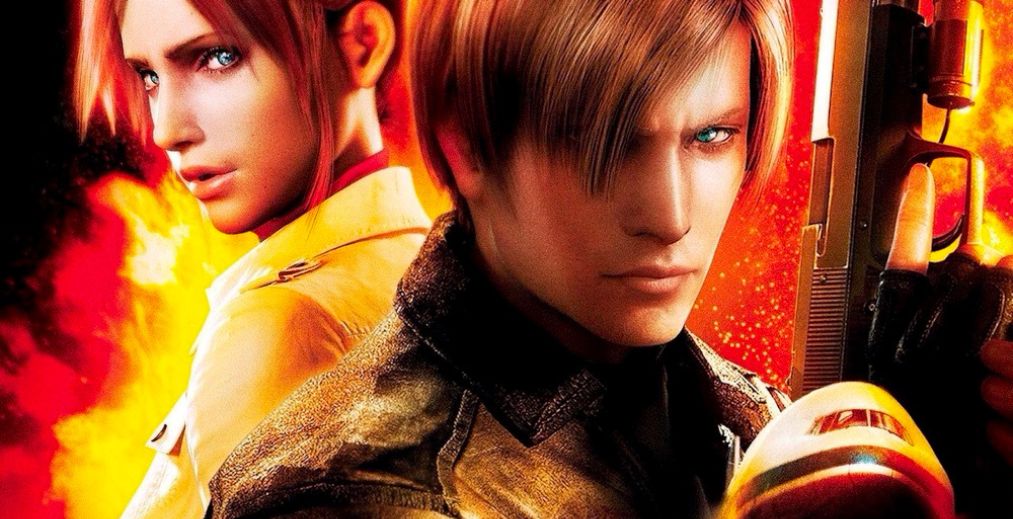
When most think of Resident Evil adaptations, they generally think of the Milla Jovovich-led live-action films. Those films can have their charm, but the oft-overlooked Resident Evil CGI films fit better with the games. As follow-ups to the games, they deliver a far better story and tone that aligns with the video games that inspired them. And none accomplish that better than Resident Evil: Degeneration.
This film begins with Claire Redfield at an airport when a zombie-infested plane crashes into the terminal, spilling the undead. Soon, she and Leon Kennedy are scrambling to survive the infestation and take down those responsible.
The mix of action and survival horror feels like a perfect fit for where the franchise was at the time. Following up on the more action-oriented Resident Evil 4, Degeneration continues to deliver explosions and intense monster fights, while not completely abandoning its roots. Fun and well-paced, the film brings plenty of punch and zombie scares that many fans may appreciate but have missed.
8) Final Fantasy 7: Advent Children
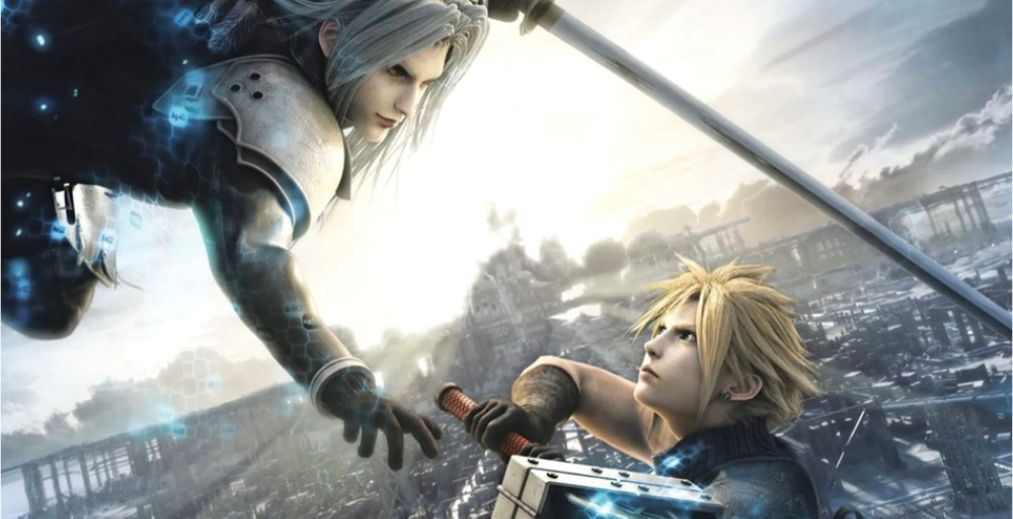
Final Fantasy 7: Advent Children was a technical marvel that still looks great today. Following the further adventures of Cloud, Tifa, and their friends, this entry in the lore sees a trio of new baddies looking to revive Sephiroth to fulfill their mother, Jenova’s, wish.
While the gorgeous CGI battles and mind-blowing score can steal the show for many, the film doesn’t overlook the emotional core that elevated the original story to the stratosphere. After the game’s adventures, Cloud struggles with what happened, unable to forgive himself for how events played out. His trauma is explored well, and he comes to a beautiful resolution with a single insight from everyone’s favorite flower girl. It’s a message many of us can take to heart.
Advent Children even embraces the franchise’s willingness to allow non-sensical plot points in the pursuit of powerful moments. The willingness to make illogical choices for the sake of the moment feels at home in the franchise. Final Fantasy has always been about big moments and bigger characters, and that is something this film has in spades.
7) Super Mario Bros.
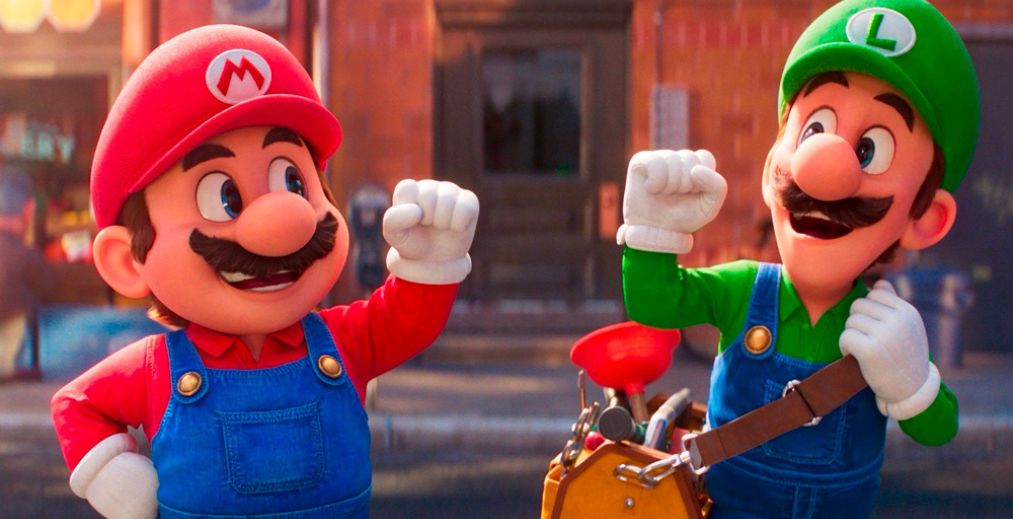
Few who have played Nintendo games haven’t felt the warm glow of the “Nintendo magic.” There is a joy that is worked into their games that few others can duplicate. This joy must be front and center when adapting a franchise like Super Mario Bros. In the CGI animated adaptation released in 2023, it is.
Not only did the blockbuster movie capture the essence of the core games, but it also expanded its ambitions to include the ubiquitous surrounding content with Mario. Donkey Kong, go-karting, and more side concepts work themselves into the film in ways that only build up the core concept.
It also does a great job of elevating characters like Princess Peach, allowing her to be more than just a damsel in distress. Bonding all the glow and game references together is a fun sense of humor that hits.
6) Cyberpunk Edgerunners
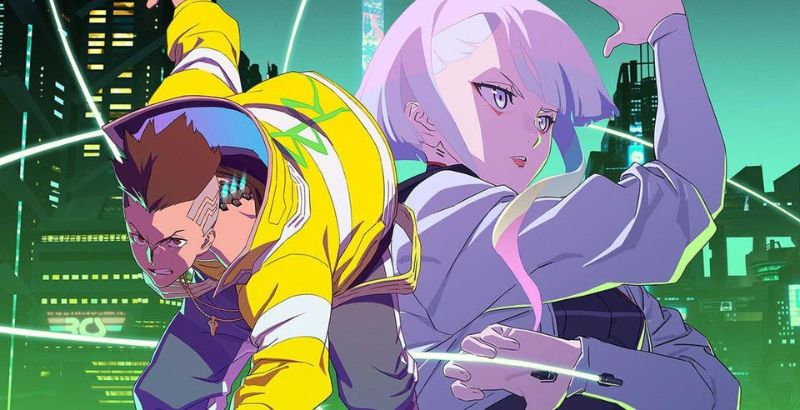
Usually, an adaptation is considered a success if it simply doesn’t embarrass its source material. But sometimes, you get an adaptation that not only holds its own but revitalizes it. After the disastrous launch of Cyberpunk 2077, Cyberpunk Edgerunners did just that, providing a key element to bringing fans back to the game as the devs worked tirelessly to fix it.
Edgerunners brought the franchise back into focus with a tremendous delivery of deep, character-driven storytelling and gorgeous visuals. Studio TRIGGER delivers its trademark brand of captivating, stylish animation to the bright neon lights of Night City. It also crafts incredibly emotional visuals to work with its cast’s beautiful and painful lives.
That cast is the beating heart of Edgerunners. David, Lucy, Rebecca, and the rest of their runnier allies unite to explore a world festering with corporate greed, forcing them to take on the dangers that running demands. Paired with an excellent soundtrack, these characters’ lives are ones you won’t soon forget.
5) Fate/Stay Night: Heaven’s Feel I-III
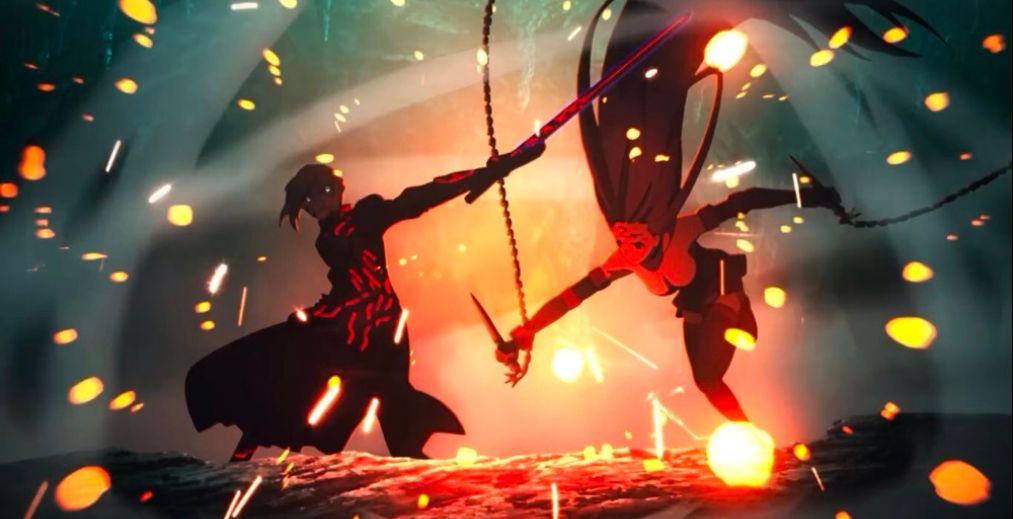
It’s a good sign of a game’s popularity when it gets an adaptation. But what about when it gets three? The visual novel Fate/Stay Night has gotten just that. Each of the game’s three primary branching paths has been explored. First in 2006’s Fate/Stay Night, then in 2016 with Fate/Stay Night [Unlimited Bladeworks], and lastly with a trio of cinematic films, Fate/Stay Night: Heaven’s Feel, released in 2017, 2019 and 2020, respectively.
While the first two releases struggle with slow openings, the film trilogy sidesteps that problem. Launching into the combat faster, Heaven’s Feel gets to the action and drama that makes the franchise legendary. Ufotable goes all out with the visual presentation throughout the trilogy. Both emotional moments and epic fights are delivered brilliantly. All the visual splendor and action culminate in a finale that delivers on the narrative and features the iconic battle between Alter Saber and Rider, easily one of the best anime fight scenes ever.
4) Bayonetta: Bloody Fate
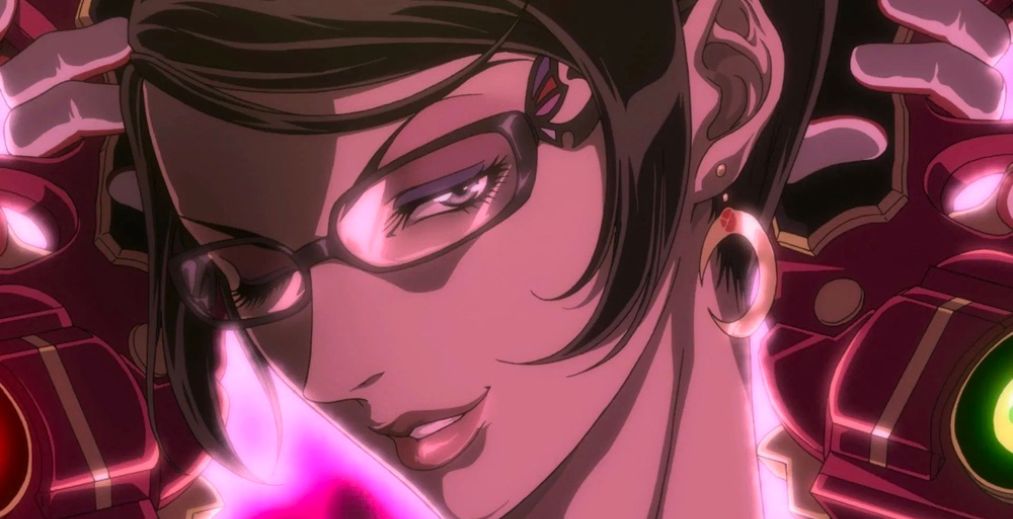
If you judge the worthiness of an adaptation purely on loyalty to its source material, then this entry on our 10 Greatest Video Game Adaptations So Far list is everything it should be. Adhering faithfully to the story of the first Bayonetta game, GONZO brought the game’s story to life in a way that Platinum Games was unable to due to the technical limitations of the hardware the game ran on. Bayonetta: Bloody Fate holds nothing back as it delivers the manic and sexual energy of its leading lady.
Even though it revels in its lead’s absurdity, it doesn’t overlook the heart present in the character. Something many who critique her do. Her moments with the child Cereza are delivered beautifully, ensuring the film doesn’t devolve into a spiral of dying angels and near-naked witches. Doing so ensures that Bayonetta is allowed to be everything she is, not just what she’s known for.
These elements come together in a tight, hour-and-a-half package, making it an absurd thrill ride with enough heart to keep its narrative grounded. This is a fantastic way to see it yourself if you want to understand why Bayonetta is loved or hated.
3) Castlevania/Nocturne
Arguably the first of the recent wave of great video game adaptations, Powerhouse Animation‘s take on the classic franchise not only crafted a fitting entry into the franchise but brought the long-dormant series back into public consciousness.
The first series, spanning four seasons, follows Trevor Belmont, Alucard, the son of Dracula, and Sypha as they strike out to defeat Dracula and deal with the repercussions of what comes after their victory. The series takes the basic concepts presented in the game and elevates everything about the setting. Characters, world, storytelling, and even the villains are some of the most memorable, thanks to this series’s adaptive work.
Rather than take the safe route and plow ahead with its trio of stars for another adventure, the narrative shifts to hundreds of years in the future for the follow-up, Castlevania Nocturne. Amidst the chaos of the French Revolution, an ancient vampire goddess seeks to shroud the world in eternal darkness. It’s up to a new squad of heroes, Rictor Belmont, Annette, Maria, and returning favorite Alucard, to save the day yet again.
The shift in locale and period allows for new themes and period-centric issues to be explored and works beautifully within the franchise concept. Castlevania jumps all over the timeline in the games. Embracing the shifting settings for the series allows the series to recreate the broad scope of the game’s narrative. It is also used masterfully here to build up Alucard’s character and what eternally fighting an unending war does to him.
2) Arcane
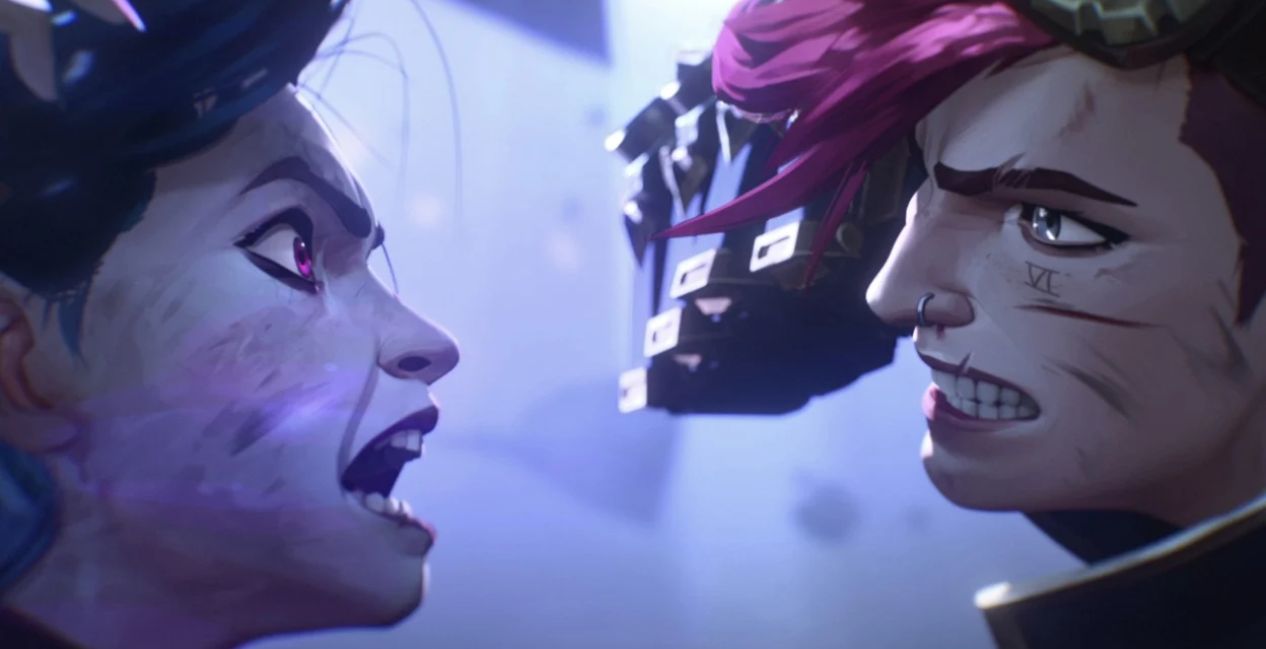
Despite the universal acclaim Arcane has received for its gorgeous visuals and deep, emotional storytelling, it is a complicated pick for a lit like this. Unlike the other entries here, Arcane takes far more liberties with its source material. However, it gets a pass for its canonical transgressions for a simple reason: it essentially makes the setting better.
The new angles and added layers to the cast build and explore far more than what was previously revealed by Riot Games about the world of Piltover and Zaun. The relationships between characters like Jinx, Vi, and Caitlyn and how they’re fleshed out significantly improve the lore. New characters like Silco and Vander build upon the setting, adding tremendous depth. (Yes, Warwick was in the game first. But the Vander element is entirely new.)
All of these elements come together, along with a fantastic soundtrack, to bring the world of Piltover and Zaun to life. The struggles of the cast, rendered in arguably some of the most gorgeous animation to date, provide a level of depth to its world that’s rarely paralleled. The series blends different animation styles, which allows for a striking visual experience that is not easily forgotten.
Despite the absence of canonical adherence, Arcane does so much for its world that it can’t help but be viewed as a triumph of an adaptation.
1) NieR Automata ver1.1a
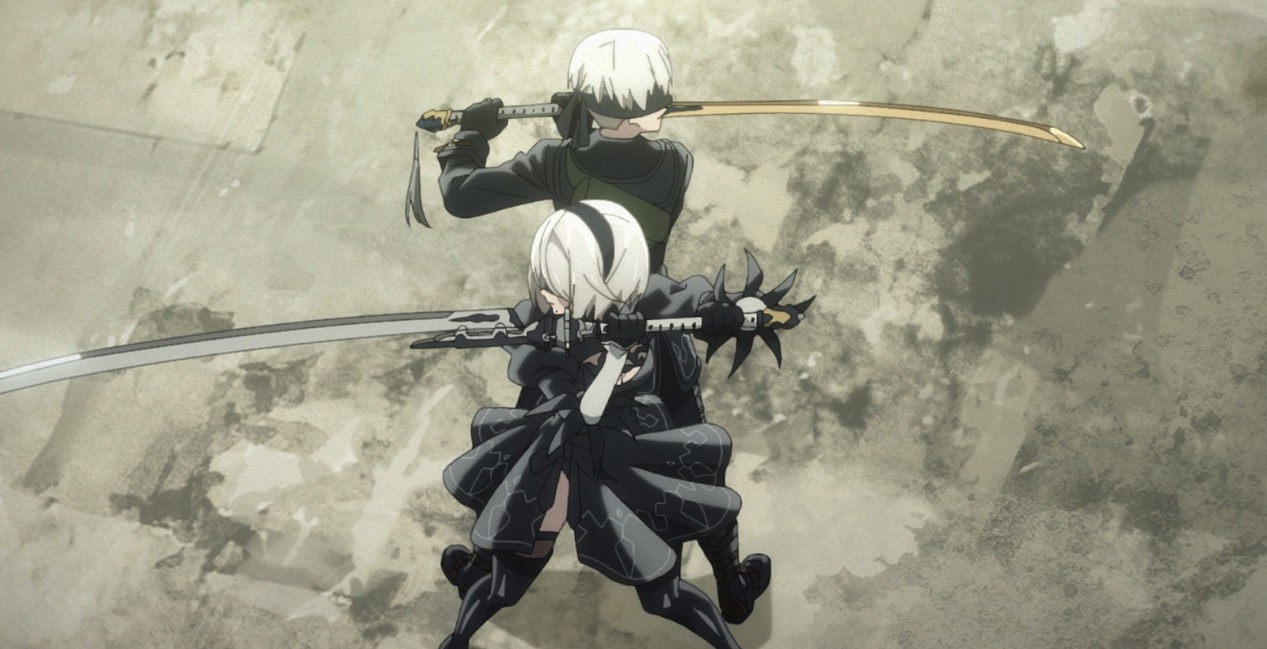
As far as adaptations go, NieR Automata ver1.1a is nearly flawless. It faithfully delivers the most critical story beats of the game and weaves in expanded universe material into the core narrative, creating a complete package.
It also does something rarely achieved in adaptations. It brings twists to the story, making it so long-time fans don’t know what to expect at every step without changing the major plot points. This delicate handling of the story and its characters makes the narrative fresh for new and returning fans.
NieR Automata ver1.1a also excels thanks to its ability to adapt to the new medium it’s playing out in. Extraneous travel and other unnecessary moments that feel standard in gaming are artfully omitted here, creating a presentation that perfectly fits the TV medium.
This awareness of the story’s new medium also gives rise to fun, new elements that make the latest version stand out. The game is known for its side/joke endings, which would be hard to work into the core narrative on TV. To fit this aspect into the series, a puppet show plays out at the end of each episode, exploring one of these alternate scenarios.
Bringing all the old and new together in this package is an excellent visual performance by A-1 Pictures. The hauntingly beautiful environments of the game are recreated with stunning care. The characters are given equal attention, as their designs and how they move and fight feel authentic to their original selves.
The final piece of the puzzle, as is always the case with a NieR project, is the audio. The glorious soundtrack, arguably the best video games have produced, is present throughout the series. Wherever you’d expect to hear a piece, you do. This audio splendor extends to the voice work, which is brought to life by the original cast. Getting to hear Yui Ishikawa and Natsuki Hanae slip back into their familiar roles as 2B and 9S makes the adaptation instantly feel more authentic.
Care for the source material, while not adhering dogmatically to it, drawing in expanded materials, combined with gorgeous audio and visuals, makes NieR Automata ver1.1a the most successful attempt to adapt a video game to a new medium.
There you have it. Our list spans decades, TV and film, live-action and animation, but these are just some fantastic examples of what creatives do to bring our favorite stories to even larger audiences. I hope you have enjoyed it and that this list helps you discover your subsequent favorite video game adaptation.

